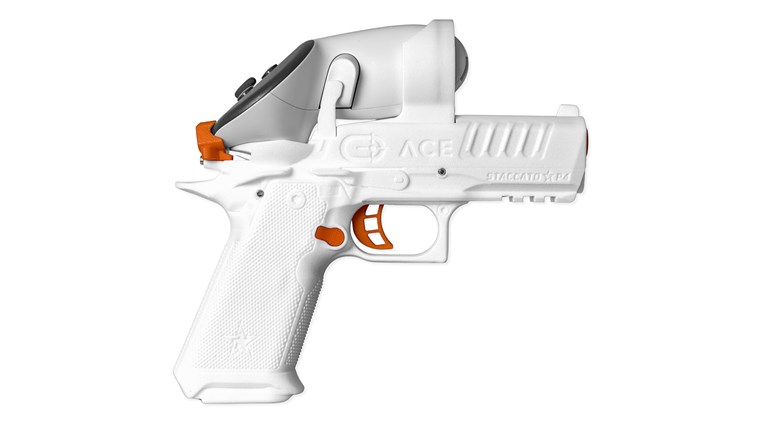
It’s a question that pops up from time to time, and generally from a new shooter who just purchased their first firearm (obviously, one that feeds from a removable-box-type magazine, which I will simply call a “magazine” going forward because I don’t need to inflate word count).
The pistol or rifle they just bought only comes with one or two magazines, and they understand that having more is desirable. Magazines are a common failure point; many in the training community view them as consumable items. Springs wear out, followers get bent or damaged, floorplates get deformed hitting the ground; a whole host of reasons make owning multiple magazines for your firearm a good idea.
So, what’s the magic number, then? How many magazines should you have on hand? Let’s start with the obvious answer: All of them. I don’t mean a lot. I mean all of them. Every single last one. When you have roamed the earth like Caine collecting every magazine ever made, only then will you have enough.
Until that point, though, here are some general guidelines. These are my own, personal guidelines, mind you; I am not a lawyer, nor do I play one on TV, and I didn’t sleep at a Holiday Inn Express last night. I’m just a guy who owns a lot of guns (and a lot of magazines) and these are my experiences over the past [mumble] decades.
For your defensive pistol, the gun you carry everyday, I recommend a bare minimum of six magazines. Honestly, I debated saying 12, given the “two is one” principle (you’re going to lose one or two magazines, count on it; they break, don’t work as expected, etc. Something happens. Murphy will not be denied).
Six allows you to have three available to rotate in the carry firearm and an additional three to have available for range practice (while you should be practicing with your carry ammo, it doesn’t need to be at the same frequency as your regular practice. At the least, shoot “the good stuff” when we change the clocks). Rotate each set if it makes you feel better, but there’s not much reason to (more on this in a bit).
Six magazines—ideally 12—also gives plenty of capacity should you take a class or two (and you should; honestly, it’s a great way to test your gear, spot deficiencies in your shooting skills and just generally get better). The more magazines you can have loaded ahead of time the better—you’re paying for class time, not for magazine-loading practice. Also, if you practice at a public range where you pay by the hour, see above comment about not magazine-loading time—why spend time loading mags when you could be shooting?
For all other firearms, honestly, it’s personal preference (and, sadly, based on location, if you happen to live in an area that limits capacity, etc.). For plinking .22 pistols and rifles, again more is better—you’re buying these arms to either teach new shooters or just to have fun, and no one ever says “YAY! We’re loading magazines today!” While it’s a necessary skill we all need to learn, that’s something for week three, not the first range trip.
If you’re bringing a new person to the range (and PLEASE do this!), have lots of magazines you can have ready. Seriously, one time a few summers ago my daughter and I were on a private, family-owned range and she went through an entire brick of Federal bulk .22 in that afternoon. We had a Ruger 10/22 and a steel plate rack at 25 yards and she was having the time of her life hitting those plates. More magazines is always better, especially when talking about shooting 550 rounds through 10-round magazines.
A couple quick points: I don’t want to rehash the whole “taking a set” issue, over whether you can or can’t or should or shouldn’t leave magazines stored with rounds loaded over periods of time. What I will say is that magazines do need to be cleaned—take a good look at your pistol magazine after, say, 100 rounds. It’s filthy. Learn how to take your magazines apart.

Also, have a black Sharpie and a silver paint marker handy, and mark your magazines. It could be as simple as “1,” “2,” etc. or a different section of the grid on a Magpul floorplate. When you have a magazine fail—and you will—you’ll want to take that magazine out of circulation until you can figure out what happened. Having a marking system of any time helps this.
Again, let me close by saying, buy all the magazines. No one ever said, 'Dang, I have way too many magazines' (I might have come close when I moved…) It’s an inexpensive investment in spending more time shooting at the range, which is always a good thing. If you’re on a budget, keeping a minimum of six for your defensive handgun helps hedge against Murphy without breaking the bank. Original equipment magazines are the most likely to function properly, but there are many aftermarket variants out there that work well.




































